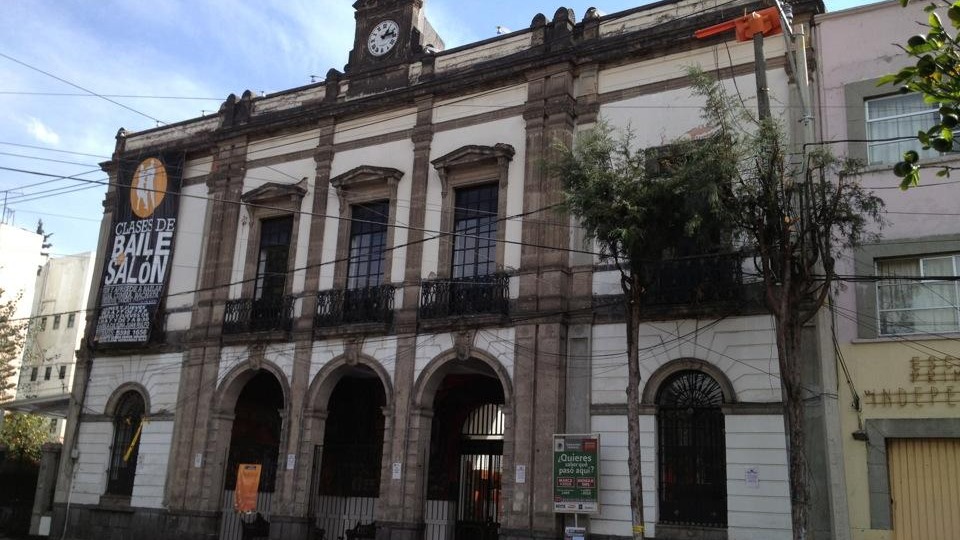
El Centro Cultural Juan Rulfo es uno de los primeros centros culturales de este tipo en la Ciudad de México. Inaugurado como Casa de Cultura de Mixcoac en 1975, ha sido un centro de aprendizaje e intercambio desde entonces.
En 1979, el artista Francisco Othon Eppens Helguera pintó un mural gigante dentro de la entrada principal. La pintura, titulada Quetzalcóatl o Nuestras raíces culturales, cubre casi todas las cuatro paredes de entrada. Eppens es probablemente más famoso por rediseñar el escudo de armas mexicano, todavía utilizado por el gobierno hasta el día de hoy. Su gigantesca obra también es visible en el rostro de la Facultad de Medicina de la UNAM-CU.
En 1986, el centro fue rebautizado como Centro Cultural Juan Rulfo. Fue completamente remodelado y reabierto el 22 de febrero de 2020.
El edificio data de principios del siglo XX. El presidente Porfirio Díaz pretendía que sirviera como sede de la prefectura Mixcoac de la época. Más tarde sirvió como sede de la delegación de lo que hoy es la alcaldía Benito Juárez, pero esto duro poco tiempo.
El edificio es posiblemente más famoso por acoger el juicio de los temidos José de León y Toral y Madre Conchita. Esto fue por el asesinato del presidente Álvaro Obregón poco después de su reelección. El impactante evento tuvo lugar en el Restaurante Bombilla, en lo que hoy es el Parque de la Bombilla. Activista católico, León Toral fue condenado a muerte y ejecutado por un pelotón de fusilamiento en el Palacio de Lecumberri. Madre Conchita, una monja católica, fue sentenciada a 20 años por su papel en el complot, de los cuales sirvió 13.
 +52 (55) 5598 1656
+52 (55) 5598 1656
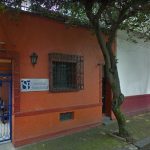
Cercano a 0.04 kms.

Cercano a 0.10 kms.
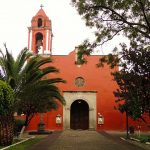
Cercano a 0.14 kms.
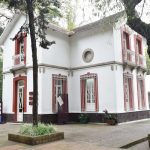
One of Chapultepec's more sublime historic homes is a cultural center, too.

One of Avenida Madero's most famous corners . . .
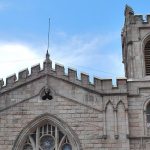
A historic Methodist church on the Avenida Balderas . . .
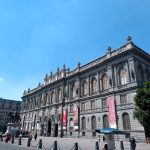
El Museo Nacional de Arte en el Centro Histórico de la Ciudad de México siempre será un punto memorable de tus vacaciones.
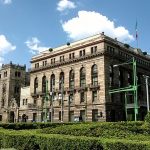
Un sublime estilo renacentista italiano ha recibido a los transeúntes durante casi 120 años. Esto es de lo que se trata.